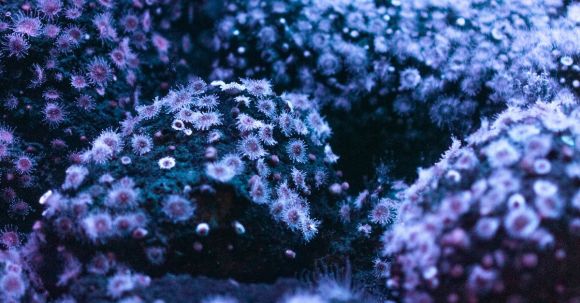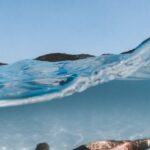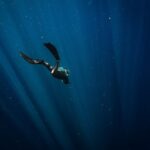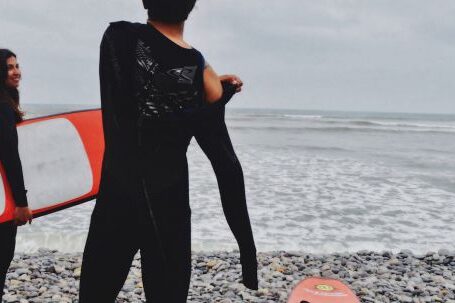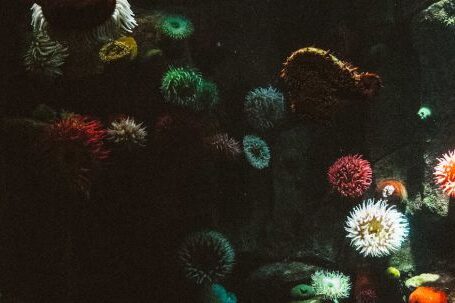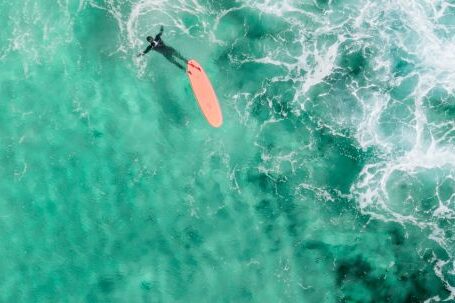Underwater photography is a thrilling and rewarding experience for photographers. Capturing the vibrant and diverse marine life, mesmerizing coral reefs, and mysterious underwater landscapes can be truly awe-inspiring. However, mastering the art of underwater photography requires more than just a good camera and technical skills. One crucial aspect that often gets overlooked is buoyancy control. In this article, we will explore some essential tips to help you navigate underwater with a camera while maintaining proper buoyancy control.
Understanding Buoyancy
Before we dive into the tips, let’s take a moment to understand the concept of buoyancy. Buoyancy is the ability of an object to float or sink in a fluid, in this case, water. Achieving neutral buoyancy is key for underwater photographers as it allows them to effortlessly move through the water without disturbing the environment or causing unnecessary strain on themselves.
Balancing Your Gear
When it comes to underwater photography, the gear you carry plays a significant role in buoyancy control. The weight of your camera, housing, strobes, and other accessories can affect your ability to achieve neutral buoyancy. It is crucial to find the right balance by distributing the weight evenly. Adding floatation devices, such as buoyancy arms or floats, can help offset the weight of your gear and make it easier to maintain neutral buoyancy.
Proper Breathing Techniques
Breathing plays a crucial role in buoyancy control. Slow, controlled breaths help maintain a steady buoyancy and prevent sudden changes in depth. Avoid holding your breath, as it can cause your buoyancy to fluctuate. Instead, focus on maintaining a relaxed and steady rhythm of inhalations and exhalations.
Fine-tuning with Your BCD
Your buoyancy control device (BCD) is a vital tool for maintaining neutral buoyancy underwater. Learn to use it effectively by making small adjustments to find the perfect balance. Practice inflating and deflating your BCD in small increments to achieve the desired buoyancy. Remember, subtle changes are more effective than sudden, drastic adjustments.
Streamlining Your Body Position
Maintaining a streamlined body position is essential for efficient movement underwater. Keeping your body horizontal and your legs slightly elevated can minimize resistance and help you glide effortlessly through the water. Avoid using your hands or arms to propel yourself forward, as it can disrupt the surrounding marine life.
Mastering Fins Techniques
Using your fins correctly can greatly enhance your buoyancy control underwater. Learn different finning techniques, such as the flutter kick, frog kick, or modified frog kick, and practice them to find the most efficient and effective style for you. Proper finning techniques not only help with propulsion but also aid in maintaining a stable buoyancy.
Being Mindful of the Environment
As underwater photographers, it is our responsibility to minimize our impact on the delicate marine ecosystem. Avoid touching or disturbing the marine life and be cautious of your movements to prevent stirring up sediment. By being mindful of the environment, you can maintain neutral buoyancy while capturing stunning images without causing harm.
Practice Makes Perfect
Buoyancy control is a skill that takes time and practice to master. Regularly diving and honing your buoyancy techniques will make it easier to navigate underwater with your camera. Consider taking a buoyancy control course or diving with an experienced instructor who can provide guidance and feedback to help you improve.
In conclusion, buoyancy control is a crucial aspect of underwater photography that should not be overlooked. By understanding the principles of buoyancy, balancing your gear, practicing proper breathing techniques, fine-tuning with your BCD, streamlining your body position, mastering fins techniques, being mindful of the environment, and dedicating time to practice, you can navigate underwater with a camera and capture stunning images while maintaining neutral buoyancy. So, dive in, explore the wonders of the underwater world, and let your camera be your window to its mesmerizing beauty.
